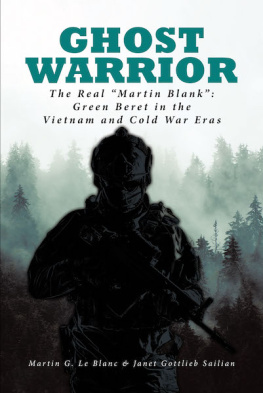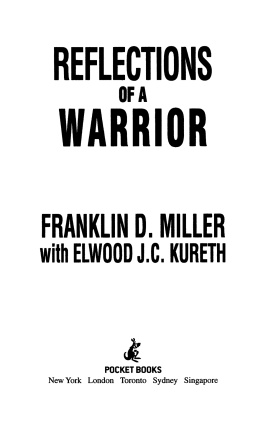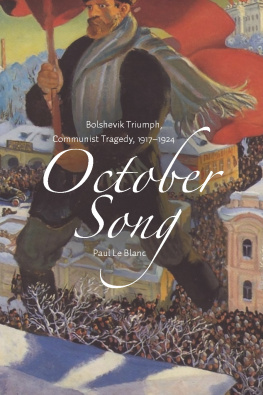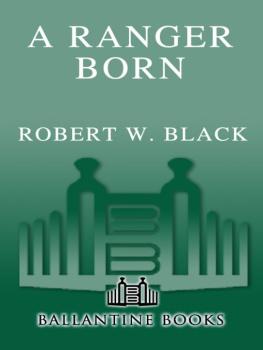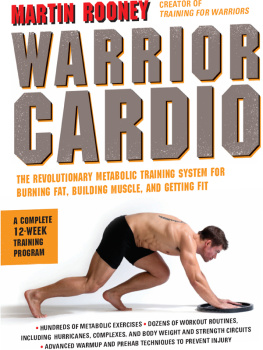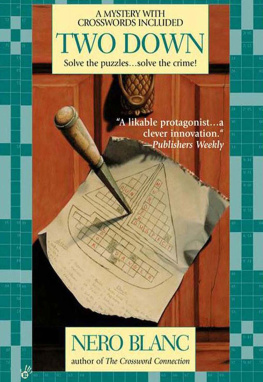Prologue : Under the Afghan Moon
Under the Afghan Moon
I stretched out prone among the craggy rocks high above a narrow pass in Afghanistans Hindu Kush and carefully aligned my rifle in its bipod. The clear nights chill stole over me as a half-moon rose, casting deep shadows. Tom, the spotter and my friend of 17 years, lay tucked beside a boulder 30 feet above me.
Our camouflage blended in with the gray and black rocks. We kept as still as we could and communicated with minimal hand gestures. We knew enemy eyes watched, out there in the darkness.
Tom and I were Green Berets tasked to carry out a top-secret U.S. Special Forces mission on the night of November 28, 1983, near the end of Russias failed, frustrated decade of trying to plant iron boots in Afghanistan.
Our shadow-patterned uniforms and black watch caps gave no hint of identity or nationality. We wore no dog tags, carried no identifiers. As ghost warriors we ranked among the tiny percentage of Special Forces who undertook missions with no written orders. If we failed, our corpses would reveal nothing to the enemy. Our commanders would have plausible deniability of our missioneven of our existence.
We did not intend to fail. Honed into skilled, adaptable operatives and efficient killers, men such as Tom and I were called into action when collaboration, negotiation, diplomacy, and political pressure ground their gears; or when our government needed to verify critical information and act upon it quickly without the snags of red tape. Or, as on this mission, when our handlers ordered us to eliminate known enemies and leave no trace.
Tom and I knew a long night loomed ahead. As we hardened our wills against the cold, each mentally rehearsed his role. My task, and my challenge as the sniper, was to take out our targets as soon as Tom spotted them and I could make two kill shots from 2,000 feet away.
I felt confident. My custom-made Belgian 7.62mm sniper riflea specialty weapon, not standard issue in any nations military forceswas accurate to 5,000 feet. And one of my military occupational specialties was marksmanship.
Tom trained his ocular scope on the narrow road through the pass below. His perch provided a half-mile vista of the notorious drug-smuggling route known as the Wakhan Corridor.
Chill settled in more deeply as the night crept by. I was grateful that as a Special Forces candidate 15 years before, I had endured the misery of high-altitude, frigid-weather training on the Kenai Peninsula of Alaska. To shoot with precision as I must nowat 9,000 feet of elevation, in intense coldwas no simple feat even for a crack marksman.
Shadows shifted; moon and stars slid slowly across the inky sky. My long silk underwear kept me from shivering, but joints and muscles grew stiff. I could steal a sip of water through a tube from my canteen or flex my fingers, but I didnt dare sit up, scratch an itch, or stretch a limb. Wait. Focus. Urinate in place if necessary. Tom was in the same mode: silent, immobile, alert.
As the sky slowly paled from black to gray, I visualized the two faces in a grainy black-and-white photo from our recent mission briefing. I knew Tom conjured the same images. One Russian Colonel-General and one Afghan warlord allied with the Mujahideen, known to be traveling together. Presumed enemies, they were in fact partners in large-scale drug and arms dealing; profiteers of misery and death whose greed transcended ideology.
Finally the sky brightened to pink, and mild puffs of breeze eased the iron cold. The suns first rays illuminated movement in the pass below. I saw Toms grip tighten on the scope, his shoulders rigid.
An advance party of 20 men entered the pass on foot. Heavily armed, they pivoted 180 degrees to each side as they swept the route for any dangers ahead of the main force. With a beckoning gesture that signaled all clear, the foot soldiers stole behind a rock outcrop.
Our targets were protected by a private army brandishing weapons the Russian and the Afghani had bought or stolen from terrorists of every stripe: Irish Republican Army, German Red Brigade, Hezbollah, and Qaddafis Libya.
The distant rumble of motors grew louder. A convoy of eight vehicles bristling with weaponsan Oerlikon cannon and rocket-propelled grenade launchersapproached on the narrow road through the pass.
Next in the armed parade came a flatbed Toyota Land Cruiser full of heavily armed men who pointed long guns in every direction. The bosses must be near. Adrenaline cleared the stiffness from my body. My senses snapped into full alert as my heartbeat picked up pace.
An open jeep with four men aboard crested the pass. Another with the same configuration followed. Tom was rock-still, eyes locked onto the convoy below. Which vehicle held our targets?
The driver of the second jeep turned toward the man behind him in the left rear seat and spoke. Tom slowly raised four fingers on his left hand and pulled down three. Our target was in car two, man number fourin the position of Toms pinky.
I closed my right eye, peered through the scope, and inhaled slowly. I could see the Russian target in the left back seat, crystal clear. I had a bullet in the chamber and five in the clip. With deliberate, tiny movements, I lined up the rifle on the moving vehicle. My mental checklist factored in distance, altitude, azimuth, temperature, humidity, and wind speed.
I fixed my eyes on the Russians second jacket button, exhaled in a short puff, and then held my breath. Gently I squeezed the trigger under my index finger. In two seconds I saw the button vanish. No gush of blood appeared; the bullet had stopped his heart cold.
The Russian slumped to his right onto the other back-seat passenger. Our second target recoiled, shoved his dead compatriot away, and suddenly toppled forward himself. He never heard the bullet that took his life.
I had taken two shots and made two kills from over 1,850 feet away. There was no time to revel in mission successthe occupants of the first jeep had a bead on our position. Bullets zinged around us. We had to get out of the hot zone.
I crouched to grab the radio from my backpack. This is Bravo Alpha X-ray Niner X-ray. We are headed to landing zone number two, one and one-half kilometers distant, taking heavy fire. I backed out of my night-long hiding spot and shoved my gear into the backpack.

